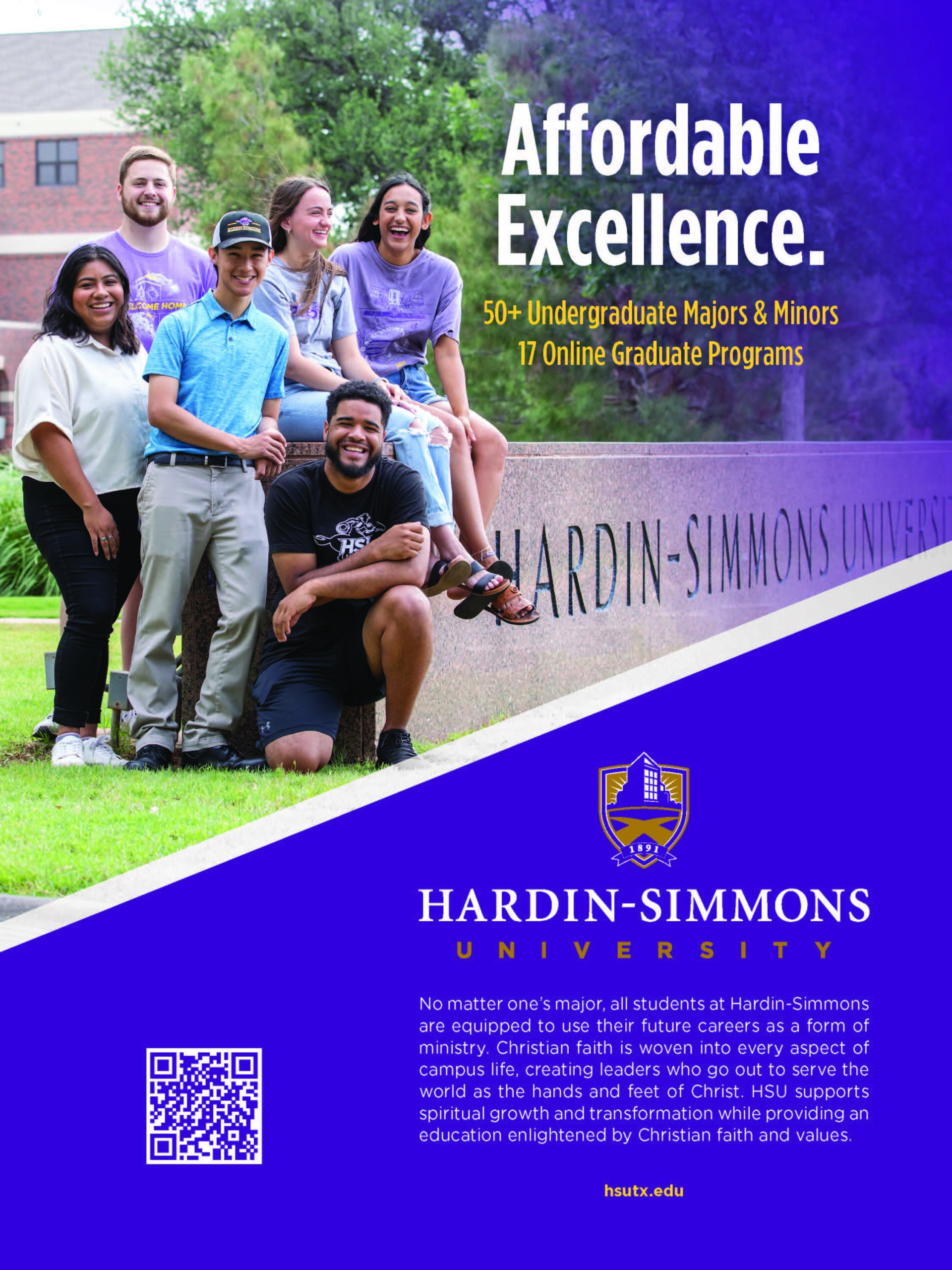As the demographic cliff looms over higher education, threatening enrollment and financial stability, smaller private institutions with fewer resources face a stark choice: adapt or struggle. While the shrinking pool of traditional students presents significant challenges, it also creates opportunities for innovation. Many colleges are already pivoting to attract nontraditional students, such as adult learners and career changers, but additional strategies can help institutions thrive despite the shift.
By embracing four strategic shifts—redefining value, reimagining spaces, strengthening community ties and refining communication—institutions can not only survive but thrive in this new era. Connecting with students and showing them they have found a place where they belong can make a difference and positively impact enrollment outcomes.






